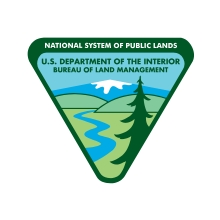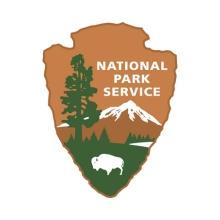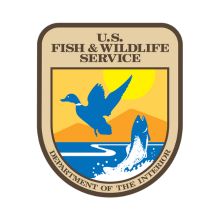- Home
- About
- Training & Events
- 2027 Symposium
- Resources
- For Members
Plans and PoliciesMaster Business DocumentThe Master Business Document includes RMS' Constitution, Bylaws, and Chapter Charters. Strategic Plan
The 2023-2028 Strategic Plan (and Strategic Plan One-Pager) provides programmatic guidance and a bellwether for project development and funds sought to support both ongoing services and key initiatives. WorkplanEach year our workplan prioritizes and guides our activities. Here's the workplan in place for 2024. RMS Policy StatementsAs a professional organization, the Society can provide expertise and professional opinion on public policy issues dealing with river and watershed management. The Society seeks to influence public policy on river management issues by being the voice of river management professionals. Significant issues include actions which will have widespread impact on any of the following: protection of rivers and watershed values; professional river managers; use and enjoyment of rivers; public perception and support; and financial resources available for rivers and watersheds. Policy statements can be viewed as RMS assessments of the best practices for watershed and river management. RMS does not lobby for or against specific legislation nor does it litigate to ensure adoption of its policies. Use of a PFD with Attached Knife Navigability of Waters in Montana Federal Employees' Service on Non-Profit Boards
Science Advisory Board Review Panel
A debate about which waters and wetlands are protected under the Clean Water Act has been active since Supreme Court decisions in 2001 (Solid Waste Agency of Northern Cook County v U.S. Army Corps of Engineers) and 2006 (Rapanos v. United States). Those decisions and policy decisions have thrown into question the status of the Clean Water Act's ability to protect some wetlands and streams, by confusing the question of what waters the Act's jurisdiction. "Connectivity of Streams and Wetlands to Downstream Waters” -- is out for public comment from the U.S. EPA Scientific Advisory Board (SAB). The report compiles scientific evidence that makes the case that we must protect the network of small, interconnected wetlands and headwater streams in order to protect the health of larger rivers and lakes downstream. To learn more about the draft report and its findings, visit EPA’s page about on the draft report. A larger policy development effort at U.S. EPA includes rulemaking addressing the need to clarify the waters protected under the Clean Water Act. A draft rule is under review at the White House for which you can check updates at this blog. RMS has weighed in with the above letter to the EPA, and thanks members of the Policy Committee for their contribution. |






